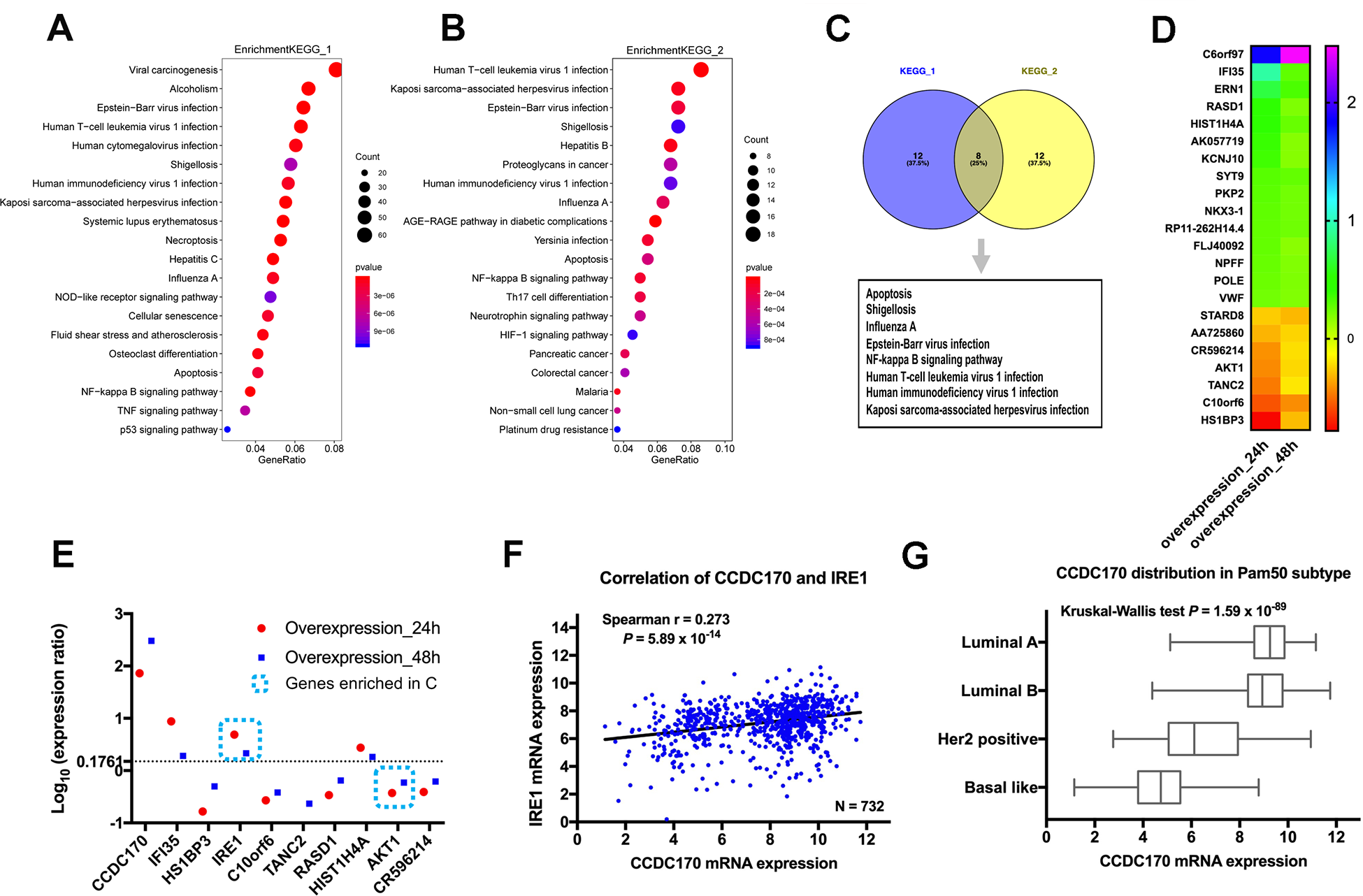Are you desperately looking for 'apoptosis research paper'? Here you can find the answers.
The term apoptosis (a-po-toe-sis) was first misused in a now-classic paper by Kerr, Wyllie, and Currie in 1972 to describe a morphologically distinct form of cell death, although certain components of the apoptosis conception had been expressly described many days previously (Kerr et al., 1972; Paweletz, 2001; Kerr, 2002).Author: Susan A. ElmoreCited by: Publish Year: 2007
Table of contents
- Apoptosis research paper in 2021
- Apoptosis pathway
- Apoptosis examples
- Role of apoptosis in cancer
- Apoptosis quizlet
- Extrinsic pathway of apoptosis
- Apoptosis vs necrosis
- Apoptosis essay
Apoptosis research paper in 2021
 This picture representes apoptosis research paper.
This picture representes apoptosis research paper.
Apoptosis pathway
 This image illustrates Apoptosis pathway.
This image illustrates Apoptosis pathway.
Apoptosis examples
 This image demonstrates Apoptosis examples.
This image demonstrates Apoptosis examples.
Role of apoptosis in cancer
 This picture representes Role of apoptosis in cancer.
This picture representes Role of apoptosis in cancer.
Apoptosis quizlet
 This picture illustrates Apoptosis quizlet.
This picture illustrates Apoptosis quizlet.
Extrinsic pathway of apoptosis
 This image illustrates Extrinsic pathway of apoptosis.
This image illustrates Extrinsic pathway of apoptosis.
Apoptosis vs necrosis
 This image shows Apoptosis vs necrosis.
This image shows Apoptosis vs necrosis.
Apoptosis essay
 This image illustrates Apoptosis essay.
This image illustrates Apoptosis essay.
What kind of research is done on apoptosis?
Therefore, research continues to focus on the elucidation and analysis of the cell cycle machinery and signaling pathways that control cell cycle arrest and apoptosis.
How are apoptosis and carcinogenesis related to cancer?
Apoptosis and carcinogenesis. Cancer can be viewed as the result of a succession of genetic changes during which a normal cell is transformed into a malignant one while evasion of cell death is one of the essential changes in a cell that cause this malignant transformation [32].
What happens when there is too little or too much apoptosis?
Inappropriate apoptosis (either too little or too much) is a factor in many human conditions including neurodegenerative diseases, ischemic damage, autoimmune disorders and many types of cancer. The ability to modulate the life or death of a cell is recognized for its immense therapeutic potential.
What does apoptosis look like on electron microscopy?
On histologic examination with hematoxylin and eosin stain, apoptosis involves single cells or small clusters of cells. The apoptotic cell appears as a round or oval mass with dark eosinophilic cytoplasm and dense purple nuclear chromatin fragments (Figure 1). Electron microscopy can better define the subcellular changes.
Last Update: Oct 2021